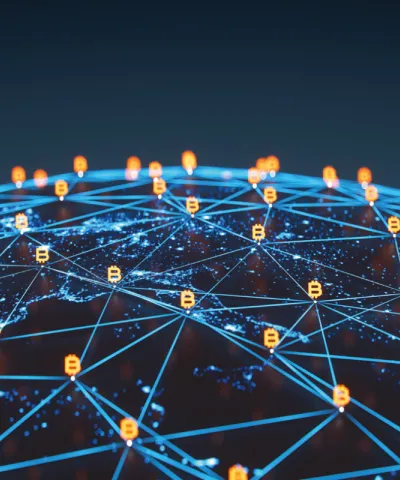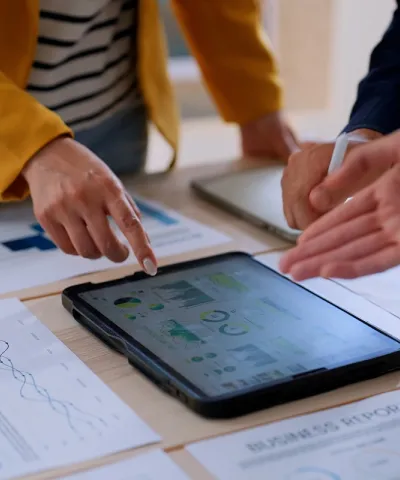Starbucks is building on their strong foundation in loyalty programs with the introduction of Starbucks Odyssey. This new web3 loyalty program extends the current Starbucks Rewards program and allows users to engage in digital "journeys."
Starbucks is building on their strong foundation in loyalty programs with the introduction of Starbucks Odyssey. This new web3 loyalty program extends the current Starbucks Rewards program and allows users to engage in digital "journeys." As they complete these journeys, members can collect digital collectibles in the form of NFTs (non-fungible tokens) that unlock digital, physical, and experiential benefits.
These experiences, or ‘journeys’, are unique to Starbucks. They will involve interactive games or challenges designed to build the customer’s knowledge of coffee in general, as well as the Starbucks brand. With each completed journey, the user receives an NFT in the form of a ‘journey stamp’. Every NFT rewarded through Starbucks Odyssey is given points based on its rarity - more points equal more rewards. Members can also purchase and trade ‘limited-edition stamps’ (NFTs) through a built-in blockchain-based marketplace. Rewards will range from virtual espresso martini-making classes and access to merchandise and art, to trip to events at Starbucks Reserve Roasteries, or to the Starbucks Hacienda Alsacia Coffee Farm in Costa Rica.
The launch of Starbucks Odyssey marks a significant move by one of the world's biggest brands into the world of blockchain and web3. From a commercial and web3 go-to-market perspective, a few key things stand out:
Firstly, no crypto wallet or cryptocurrency will be required – this is big news, as it lowers the barriers to entry for mainstream users who might otherwise be put off by the perceived complexity of blockchain technology.
Secondly, communication around this launch will be less focused on the underlying tech and more on the value provided to users – again, making it much more accessible for mainstream audiences. While some segments and enthusiast will care about the underlying technology, a large majority will be more interested in the benefits they receive. And finally, by using web3 technology, Starbucks is able to create a more valuable, a more future-proof and a more interoperable loyalty experience.
This last point is particularly significant as it allows the loyalty program to grow and flourish with the developing metaverse around us. Status and brand identification from such loyalty programs will be useable throughout our digital environments. In addition, loyalty can finally become multiplayer with brand partnerships and cooperative loyalty rewards being much easier to implement through blockchain-verified ownership.
All these aspects mean we will likely see many more web3 loyalty programs and brand-engagement use-cases in the next years. Brands exploring these avenues will have to make sure they limit friction for mainstream adoption and create clear customer-value beyond what traditional loyalty programs could offer.










